Researchers produce green syngas using CO2, water and sunlight
Green Car Congress
JULY 7, 2022
Researchers from the University of Michigan and McGill University in Canada report photochemical syngas synthesis using a core/shell Au@Cr 2 O 3 dual cocatalyst in coordination with multistacked InGaN/GaN nanowires (NWs) with the sole inputs of CO 2 , water, and solar light. under concentrated solar light illumination.

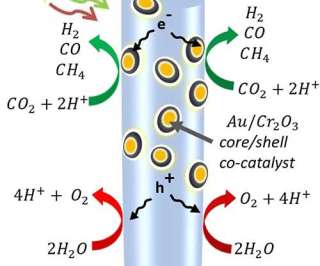
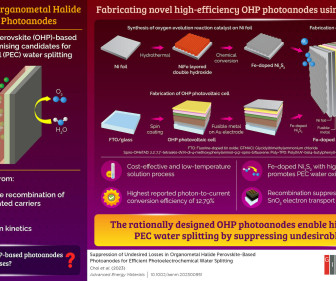





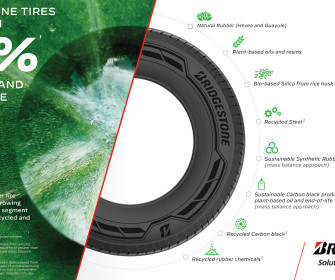
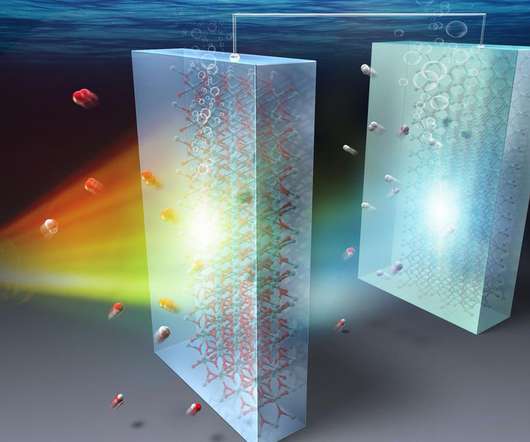


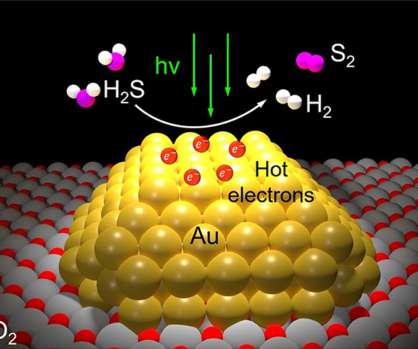


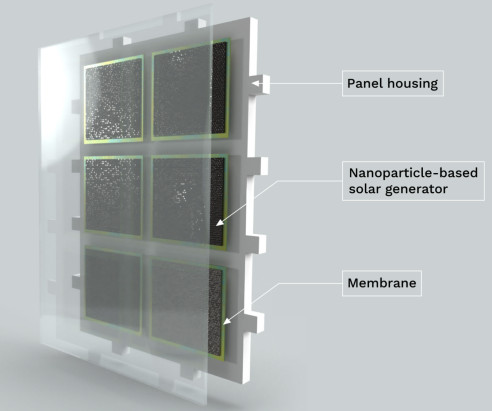



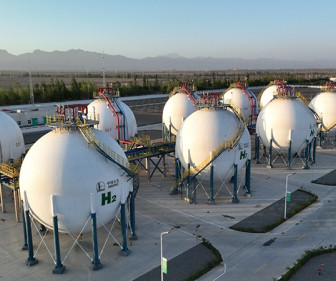













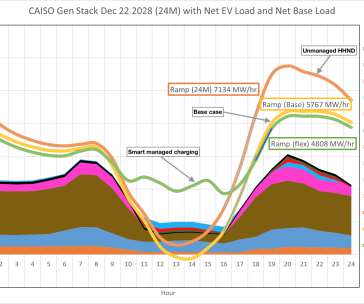

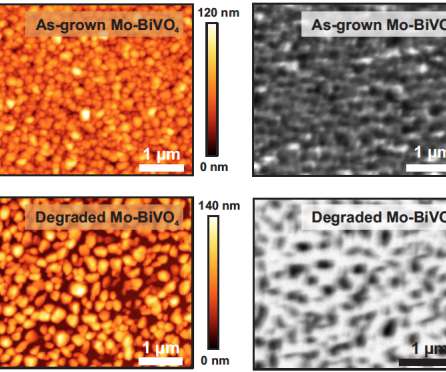








Let's personalize your content